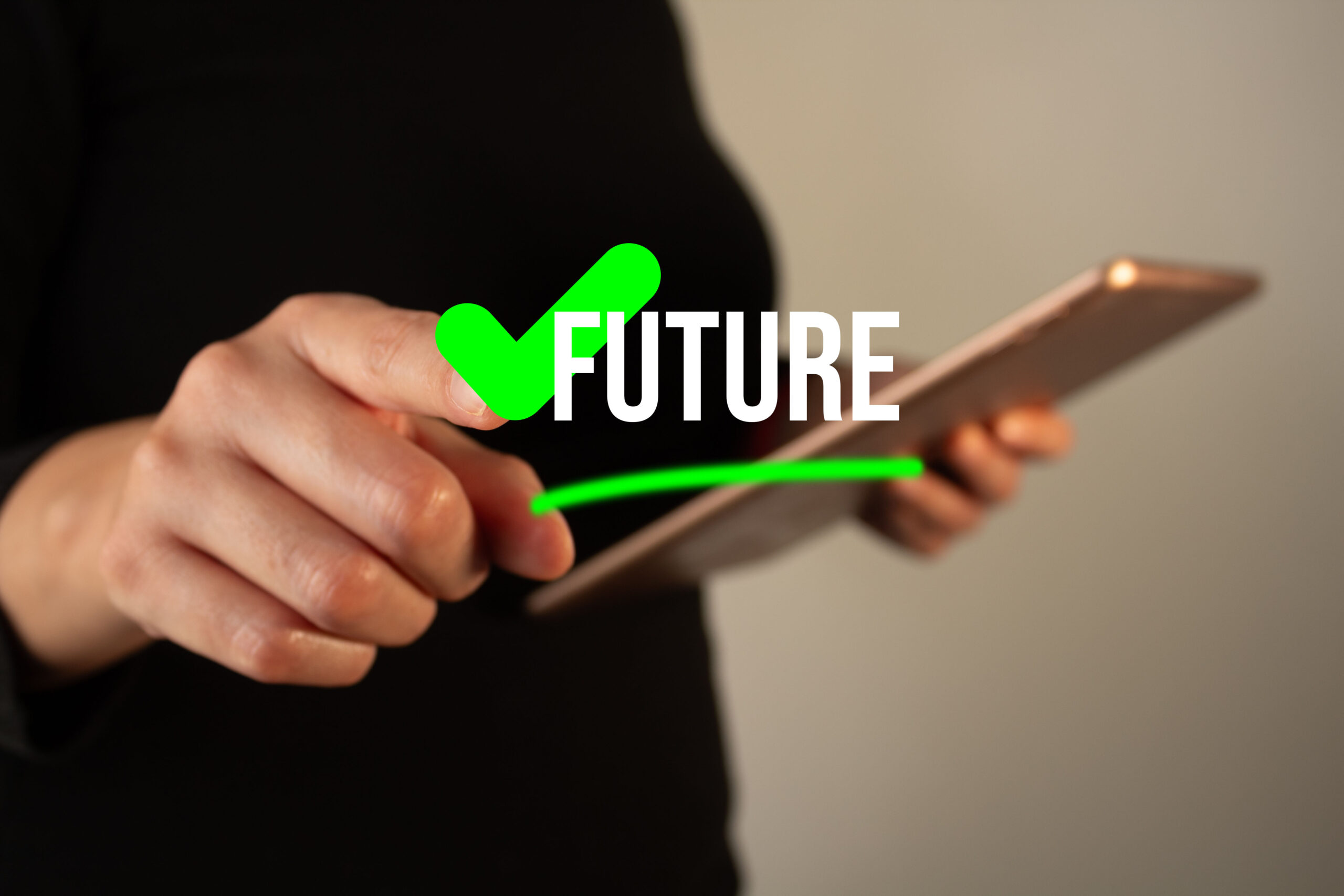Faris Aranki on how L&D’s skills can be deployed to best effect during time of change.
Every four years, January 20 represents a very important day for the world. Why? Because it is US Presidential Inauguration Day.
If everything goes to plan (and you can never be sure), January 20 2021 should mark the day that the 44th President of the United States, Donald Trump formally hands over to the 45th Joe Biden.
This article isn’t about the turbulence ahead of this particular transition or the relative merits of the two presidents (that’s had plenty of coverage). Instead, this asks: what can the world of L&D learn from this transition?
Why is this event relevant for L&D?
While January 20 is the ceremonial face of a major transition, it is built on months of work that starts long before this date and will continue long past it. This is a phenomenon that every business will recognise; be it replacing a CEO, adopting a new business model, changing offices, introducing a new IT system, launching a new product…the list goes on.
Often during transitions, unfamiliarity can slow down success and wider networking can be extremely beneficial
For good or bad a transition this size will impact the business; there is no magic wand that makes it happen in one go, it takes time, effort and the pre- and post-transition states will likely look quite different. Strategies, processes, policies and culture may all change as will some of the personnel.
There will be additions and losses, although much of the original team will likely remain in place. Undoubtedly, having a central function that helps make the transition as stable and swift as possible would be ideal; with this in mind, L&D with its experience, creativity and span can play a big part in whether the transition is successful or not.
Here are the key points that L&D should consider:
Supporting the new guard
- Be prepared as early as possible: Even with the backdrop of an unprecedented contestation of the election, Joe Biden began planning for his transition straight away. One of the first things for him is to get up to speed with what is already happening. Rather than his team collating things from scratch, and for every major transition, imagine L&D maintaining a ‘101 guide to everything worth knowing’ that they can start training the new team on even before they have walked through the door.
- Provide knowledge on the new agenda: Biden has an ambitious set of objectives that are drastically different from the previous regime. To achieve this, he will need to tap into the best information and knowledge available; who better than L&D to locate and facilitate this?
- Cover the basics painlessly: While much of the post-transition will be shiny and exciting; there are also many prerequisites to be taken care of (e.g. ensuring the new team are proficient with IT systems, that they know the HR policies, etc.). These may not be top of the agenda but L&D should still make sure they are covered.
- Connect the new with the old: Biden and his team will have a need to get to know the existing team and vice-versa. Often during transitions, unfamiliarity can slow down success and wider networking can be extremely beneficial so having someone like L&D be responsible for it rather than relying on it organically happening can be a game changer.
- Be innovative: Considering that time is precious, L&D should look for ways to deliver everything above as quickly and unobtrusively as possible (think adaptive learning, on-demand content, use of virtual systems, etc.)
Helping ease out the old guard
What’s next for them? In the case of people-heavy transitions, it is important to take care of those who won’t survive the transition just as much as those who will. Not only does this show compassion but, as businesses nowadays can attest to: ‘What goes around comes around’. In the case of Donald Trump, it is the best interests of the Biden regime to help him leave on as positive a note as possible.
L&D can be the bridge to showcase options available to the old guard, help them determine the best one for them and even provide some retraining to start the ball rolling on their own personal transition.
Not forgetting the bulk of the business
In most transitions the majority of the original team will remain in place (in this case the bulk of 2m US government civil servants aren’t going to be replaced). As such, L&D can help them adapt by upskilling them for the ‘new world’ and ensuring that all ongoing L&D essentials are continued.
Conclusion
Presidential inaugurations come and go but the success of the actual organisational transition is up for grabs. Making each transition as smooth as possible is vital and having a well-functioning, proactive L&D team is a core component of this.
About the author
Faris Aranki is the founder and CEO of Shiageto Consulting, a strategy consultancy focusing on IQ, EQ and FQ.




